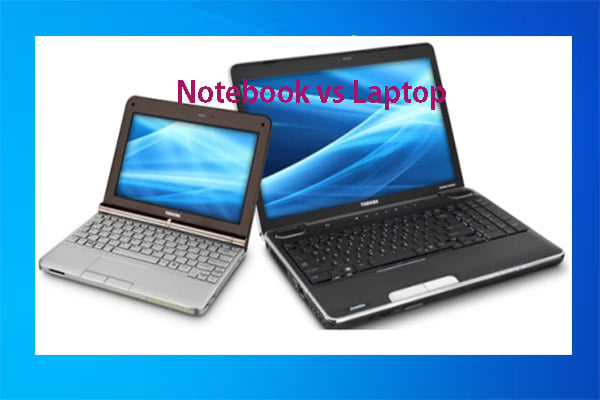Is 8GB RAM Enough For An Ultrabook?
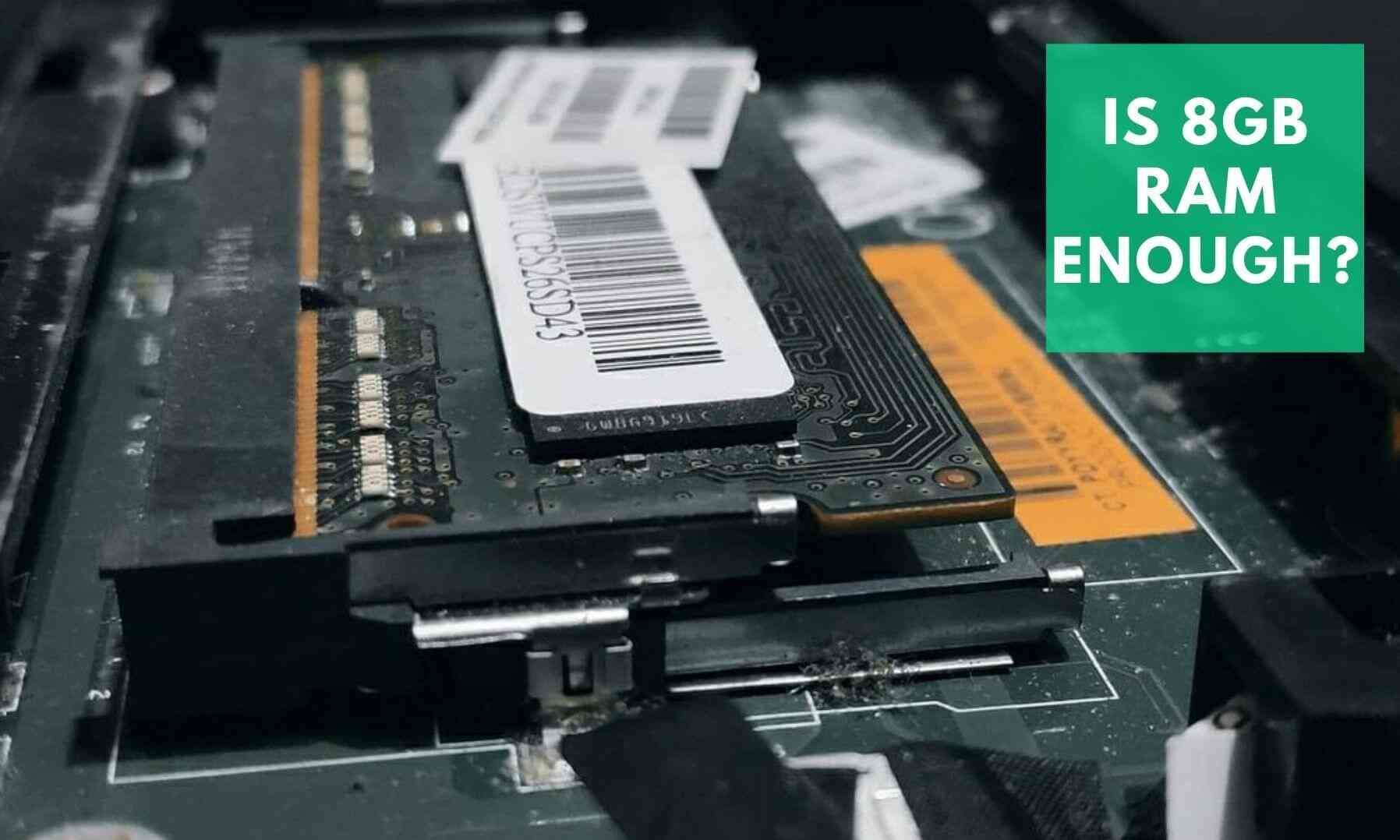
As I sit here with my brand new ultrabook, I can’t help but wonder if the 8GB RAM that it comes with will be enough for all my needs. With technology advancing at lightning speed and software becoming more demanding, it’s important to have a laptop that can keep up. In this article, we’ll explore whether 8GB RAM is sufficient for an ultrabook or if it falls short in meeting our modern-day multitasking and performance needs. So, let’s dive in and find out if this seemingly modest amount of RAM can truly handle the digital demands of today’s world.

This image is property of bestpart.in.
Understanding RAM
Definition of RAM
RAM, which stands for Random Access Memory, is a crucial component in every computer system. It serves as the primary temporary storage for data that is actively being used by the computer. Unlike the long-term storage provided by hard drives or solid-state drives, RAM is volatile memory, meaning that its contents are lost when the computer is powered off or restarted.
Functionality of RAM in a computer
The main function of RAM is to provide fast and temporary storage for the computer’s operating system, software applications, and data. When you open a program or file on your computer, it is loaded into RAM so that the processor can quickly access and manipulate the data. This allows for faster data transfer, improving the overall performance and responsiveness of the system.
Different types of RAM
There are several different types of RAM, including DDR4, DDR3, and DDR2, each with its own set of specifications. The type of RAM used in a computer depends on the motherboard and processor compatibility. The most common type of RAM used in modern systems is DDR4, which offers faster speeds and lower power consumption than its predecessors.
Ultrabook Specifications
Definition and characteristics of an Ultrabook
An Ultrabook is a specific type of lightweight and highly portable laptop that prioritizes performance, portability, and battery life. These devices are designed to be slim, sleek, and power-efficient without compromising on performance. Ultrabooks typically feature high-quality displays, fast processors, solid-state drives, and long-lasting batteries.
Importance of RAM in an Ultrabook
RAM plays a crucial role in the performance of an Ultrabook. With limited physical space available for components, Ultrabooks often have less RAM than traditional laptops. However, a sufficient amount of RAM is essential for multitasking, running resource-intensive applications, and ensuring smooth performance. Without enough RAM, an Ultrabook may experience slowdowns, lag, and inefficient task switching.
Standard RAM size in an Ultrabook
The standard RAM size in an Ultrabook varies depending on the specific model and manufacturer. While some Ultrabooks may come with as little as 4GB of RAM, it is increasingly common for them to be equipped with 8GB or even 16GB of RAM. These higher RAM sizes provide better multitasking capabilities and ensure a smoother user experience, especially when running demanding applications or working with large files.
8GB RAM in Context
Comparing 8GB RAM with other RAM sizes
When comparing 8GB of RAM with other RAM sizes, it’s important to consider the specific needs and usage patterns of the individual. For basic tasks such as web browsing, email, and document editing, 8GB of RAM is generally sufficient. However, for more demanding tasks like video editing, graphic design, or gaming, additional RAM may be beneficial.
Users who frequently work with resource-intensive applications or multitask heavily may benefit from upgrading to 16GB or even 32GB of RAM. These higher RAM sizes allow for smoother multitasking, faster data access, and improved overall system performance.
Performance of a computer with 8GB RAM
A computer equipped with 8GB of RAM can generally handle most everyday tasks without significant issues. It provides sufficient memory for running multiple applications simultaneously, browsing the internet, and streaming media. With 8GB of RAM, you should experience smooth performance when performing tasks like word processing, spreadsheet management, or casual gaming.
However, certain demanding applications or tasks may exceed the capabilities of 8GB RAM. For example, video editing software, virtual machines, or complex 3D rendering programs can benefit from more RAM to avoid unnecessary slowdowns or memory constraints.
Determining the Appropriate RAM Size
Factors to consider when choosing RAM size
Several factors should be considered when determining the appropriate RAM size for a computer, including the intended usage, the specific software requirements, and budget constraints. It is crucial to assess the typical workload and the type of applications that will be run on the system.
For users who primarily use their computers for basic tasks like web browsing, email, and word processing, 8GB of RAM is usually sufficient. However, users engaged in more demanding activities like content creation, gaming, or running virtual machines may benefit from higher RAM sizes.
Does more RAM mean better performance?
While it is true that having more RAM can improve performance, there are diminishing returns beyond a certain point. Once the computer has enough RAM to handle the workload efficiently, adding more RAM may not significantly enhance performance. The impact of additional RAM diminishes as the system reaches its memory capacity limits.
It’s important to strike a balance between having enough RAM to meet the demands of your tasks and not overspending on unnecessary memory that won’t be fully utilized. Investing in faster storage drives or a more powerful processor may provide a more noticeable performance boost in some cases.
How to determine if a system is using RAM effectively
To determine if a system is using RAM effectively, several indicators can be monitored. Task Manager in Windows or Activity Monitor on macOS can provide insights into the amount of RAM being used by various applications and processes. If the system consistently approaches or exceeds its available RAM capacity, there may be a need for more memory.
Additionally, sluggish performance, frequent freezing, or excessive swapping of data between RAM and the storage drive can be signs of inadequate RAM. These issues may indicate that the system is struggling to keep up with the demands placed upon it, requiring additional memory to alleviate the bottleneck.
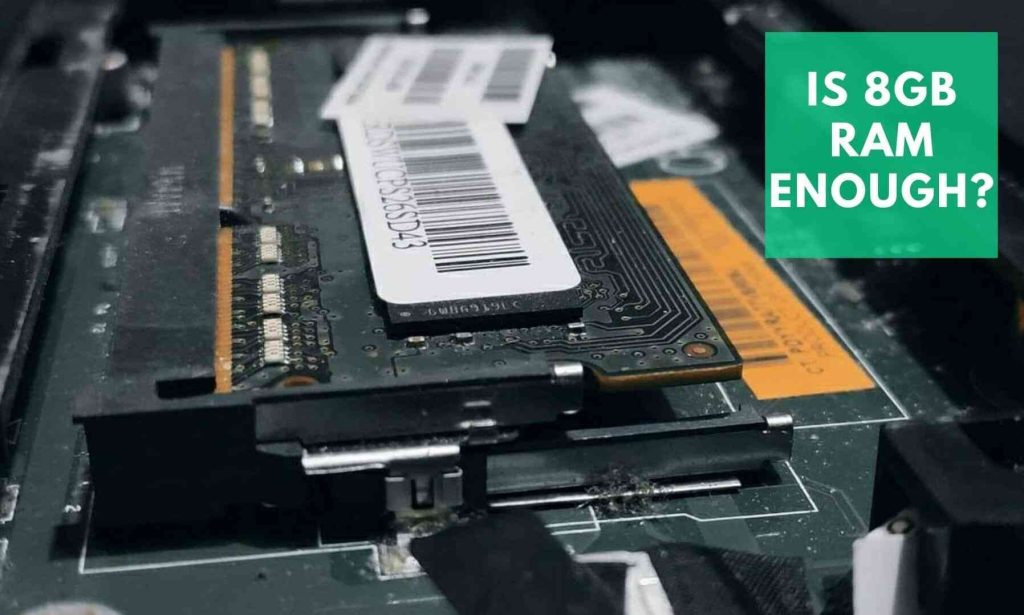
This image is property of bestpart.in.
Software Requirements
Minimum and recommended RAM for running different types of software
Different types of software have varying RAM requirements depending on their complexity and resource demands. Operating systems, productivity tools, creative applications, and games all have specific recommendations for RAM.
For example, Windows 10 typically requires a minimum of 4GB of RAM to run smoothly, but Microsoft recommends 8GB or more for optimal performance. Resource-intensive software like Adobe Photoshop or video editing programs often have higher minimum requirements, ranging from 8GB to 16GB, to ensure optimal performance during image rendering or video editing tasks. Similarly, modern games often recommend a minimum of 8GB or more RAM to handle complex graphics and physics calculations.
Impact of software on RAM usage
The software running on a computer has a direct impact on RAM usage. The more resource-intensive the software, the more RAM it is likely to consume. For instance, opening multiple tabs in a web browser or running several productivity applications simultaneously can quickly use up a significant portion of available RAM.
Software that relies heavily on loading and manipulating large files, such as video editing software or virtual machines, can also put a strain on RAM resources. Users frequently running memory-intensive applications should consider upgrading to a higher RAM size to ensure smooth and efficient operation.
Multitasking with 8GB RAM
How multitasking affects RAM usage
Multitasking involves running multiple applications or tasks simultaneously, requiring the computer to allocate resources for each activity. RAM plays a crucial role in multitasking as it is responsible for storing and accessing the data needed by the running applications.
With 8GB of RAM, multitasking is generally achievable for everyday tasks. However, heavy multitasking, especially with resource-intensive applications, can quickly eat into available memory. In such cases, the system may need to resort to swapping data between RAM and the storage drive, which can significantly impact performance.
Performance of 8GB RAM with multitasking
The performance of an Ultrabook with 8GB RAM during multitasking depends on the specific applications being used and the complexity of the tasks at hand. Light multitasking, such as browsing the internet while streaming music or editing documents, should generally pose no issues with 8GB RAM. The system should be able to handle these tasks smoothly and without significant slowdowns.
However, running multiple resource-intensive applications simultaneously, such as editing high-resolution photos or working with large datasets, may exceed the capabilities of 8GB RAM. In such cases, upgrading to a higher RAM size can provide a noticeable improvement in multitasking performance, reducing the need for data swapping and improving overall responsiveness.
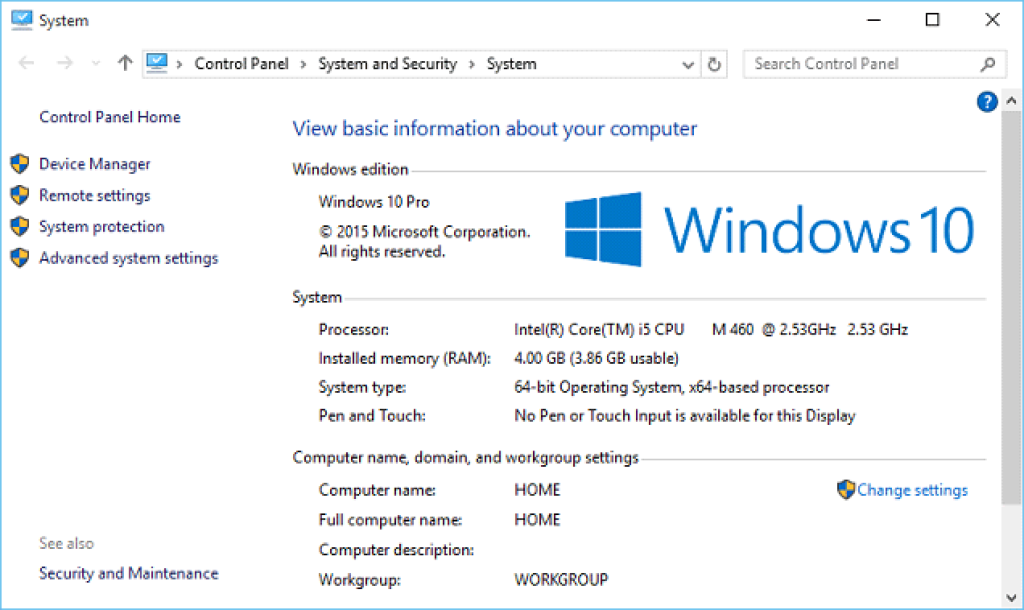
This image is property of www.partitionwizard.com.
Operating Systems and 8GB RAM
Common operating systems and their RAM requirements
Different operating systems have varying RAM requirements based on their design, features, and resource management. Some common operating systems and their recommended minimum RAM specifications include:
- Windows 10: Minimum 4GB, recommended 8GB or more
- macOS Big Sur: Minimum 4GB, recommended 8GB or more
- Ubuntu Linux: Minimum 2GB, recommended 4GB or more
It’s important to note that these are minimum requirements, and for optimal performance, it is advisable to have more RAM.
Performance of these operating systems on a system with 8GB RAM
All the mentioned operating systems can run on a system with 8GB of RAM, meeting the minimum requirements. When using the operating system alone, without resource-intensive applications, 8GB RAM should provide a smooth and responsive experience for most tasks.
However, the performance of these operating systems may be affected when running multitasking scenarios or memory-intensive applications. In such cases, 8GB RAM might prove to be a limiting factor, potentially causing slowdowns, delays, or swapping data with the storage drive.
Upgradeability of RAM in Ultrabooks
Can the RAM in Ultrabooks be upgraded?
The upgradeability of RAM in Ultrabooks depends on the specific model and manufacturer. While Ultrabooks are generally known for their compact and lightweight design, some models do offer the possibility of upgrading the RAM.
Many Ultrabooks have their RAM soldered directly onto the motherboard, making it non-upgradable. This design choice allows for a thinner and more streamlined form factor but limits the opportunity for RAM upgrades. However, there are Ultrabooks available that offer replaceable RAM modules, providing users with the flexibility to upgrade their RAM in the future.
Factors affecting the upgradeability of RAM
Several factors influence the upgradeability of RAM in Ultrabooks. One significant factor is the physical design of the laptop. Ultrabooks with a smaller and more compact form factor may opt for soldered RAM to save space, as it eliminates the need for additional RAM slots.
Another factor is the manufacturer’s decision. Some manufacturers prioritize thinness and portability over upgradability, while others may provide user-accessible RAM slots for easy upgrades.
Before purchasing an Ultrabook, it is crucial to research whether the RAM is soldered or replaceable, as this will determine whether it can be upgraded in the future.
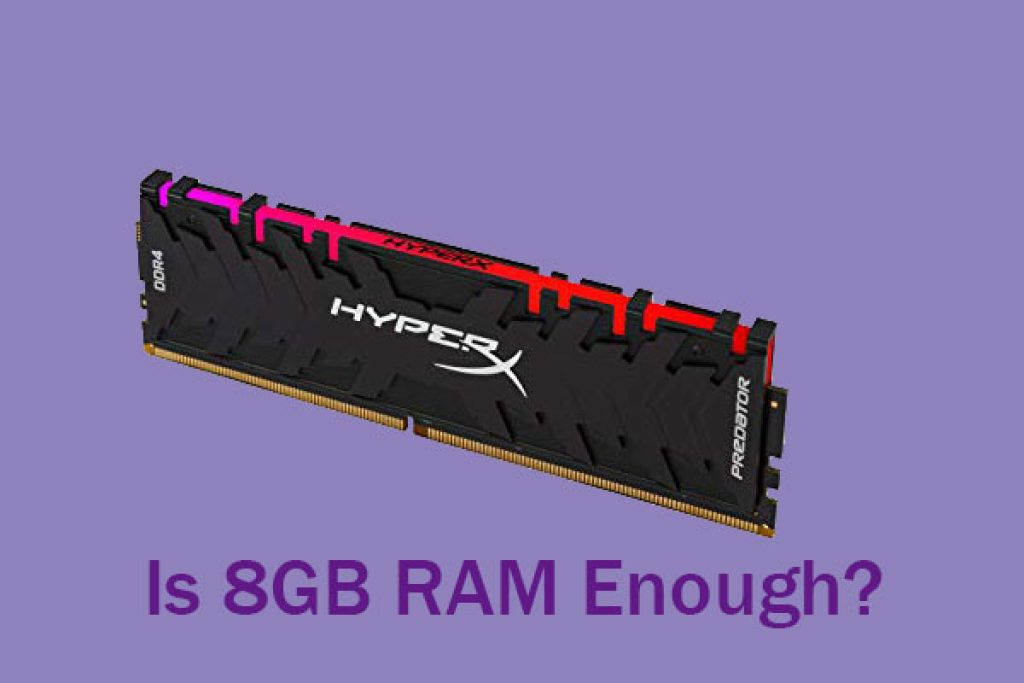
This image is property of www.partitionwizard.com.
Pros and Cons of 8GB RAM in Ultrabooks
Benefits of having 8GB RAM in an Ultrabook
There are several benefits to having 8GB RAM in an Ultrabook. Some of these advantages include:
- Adequate multitasking: With 8GB RAM, an Ultrabook can handle everyday multitasking smoothly, allowing users to work with multiple applications simultaneously without significant slowdowns or performance issues.
- Optimal resource allocation: 8GB RAM ensures optimal allocation of resources, especially for applications with moderate resource requirements. It strikes a balance between performance and cost, providing sufficient memory for most tasks.
- Lower power consumption: Compared to higher RAM sizes, 8GB RAM consumes less power, contributing to improved battery life in Ultrabooks. This makes it an ideal choice for users who prioritize portability and longer unplugged usage.
Downsides of having 8GB RAM in an Ultrabook
While 8GB RAM offers a good balance between performance and cost, there are a few downsides to consider:
- Limitations with resource-intensive tasks: Running resource-intensive applications or tasks on an Ultrabook with 8GB RAM may result in slower performance or reduced capability to handle complex tasks. Users engaged in activities like video editing or 3D rendering may experience slowdowns or may need to rely on additional memory.
- Limited future-proofing: As software and applications become more resource-intensive over time, the demand for RAM may increase. With 8GB RAM, there is a potential for future compatibility issues and reduced performance as more demanding software is released.
Conclusion: Is 8GB RAM Enough for an Ultrabook?
In conclusion, whether 8GB RAM is enough for an Ultrabook depends on individual needs, usage patterns, and the specific tasks to be performed. For basic everyday tasks such as web browsing, email, and document editing, 8GB RAM is generally sufficient to provide smooth and responsive performance. It allows for adequate multitasking and optimal resource allocation.
However, users engaged in more demanding activities, such as running resource-intensive software, multitasking heavily, or working with large files, may benefit from considering higher RAM sizes. Upgrading to 16GB or 32GB RAM can enhance performance and ensure that the system can handle complex tasks without slowdowns or limitations.
It is important to assess your specific requirements and consider factors like software demands, multitasking needs, and budget constraints when determining the appropriate RAM size for your Ultrabook. By doing so, you can ensure a smooth and efficient computing experience tailored to your individual needs.
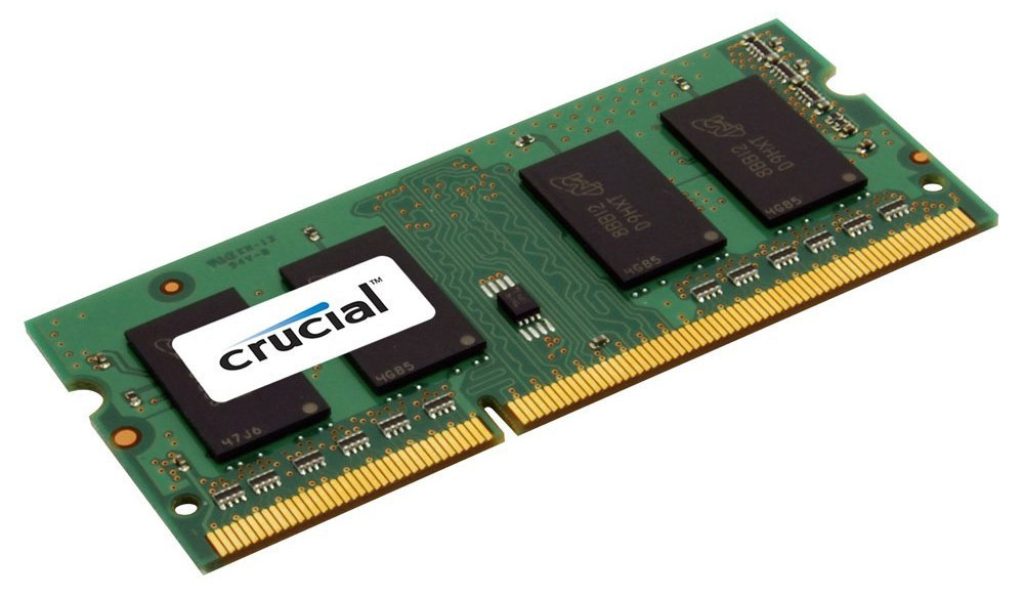
This image is property of www.partitionwizard.com.

